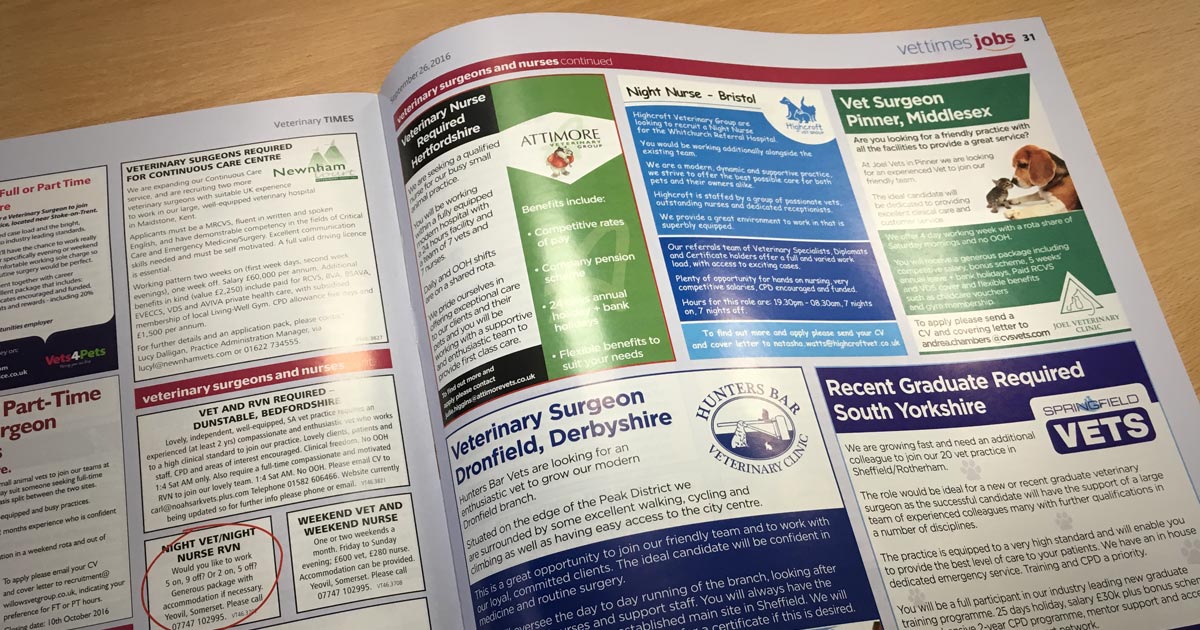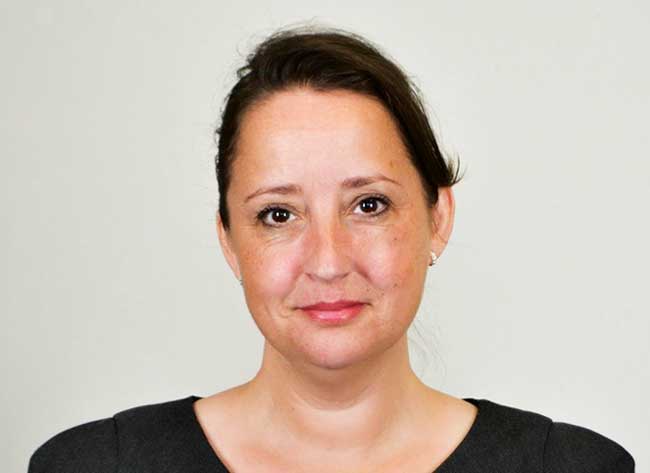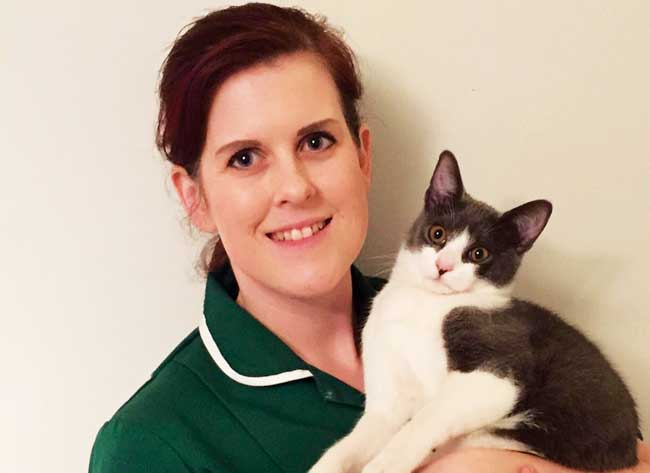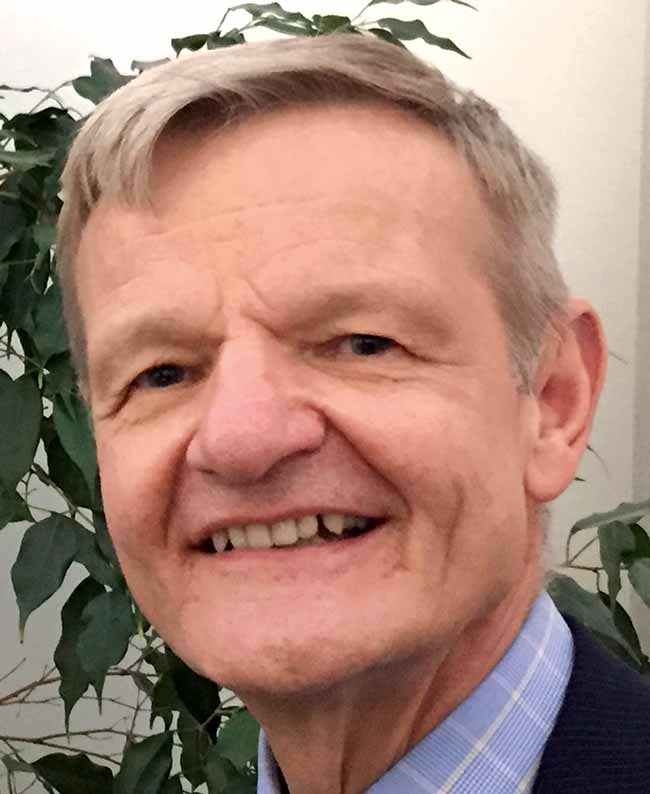2017 has reared its hopefully not-so-ugly head, and with it comes the realisation my classmates and I are mere months from entering the real world of veterinary medicine.
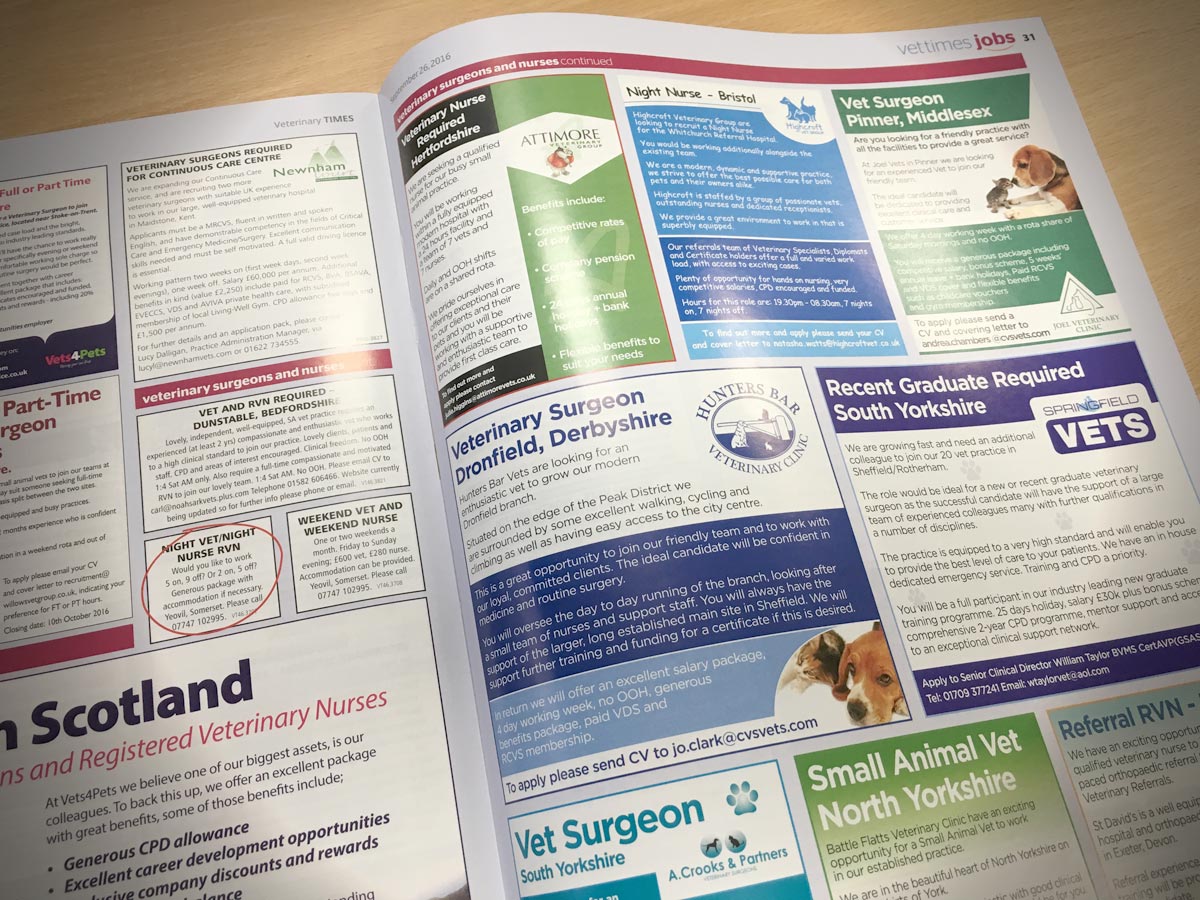
While tales of classmates getting job offers following placements become more frequent, those of us without much of a plan have, so far, remained blissfully ignorant. But now we fear our lazy flicking through the job adverts at the back of varying veterinary publications will have to become less of an exercise in procrastination and more of a quest for our future.
While my flatmate and I often indulge ourselves in shared exasperation at the lack of mixed or farm jobs, or simply flick through to see if we know the practices and try to work out who must have left, we have noticed a few patterns in poor adverts – and these mild grievances have resulted in this list of top tips for advertising a job to new grads.
(Disclaimer: these tips are not based on any success rates, merely on the opinion of myself and some of my colleagues)
Title
The most annoying thing when skimming job adverts is to read half a page of waffle, only to reach the end and realise it’s the wrong type of work or miles away from the area we’re looking around.
A short, snappy title wants to include type of work (small/farm/mixed vet), location and, perhaps, whether a new graduate is wanted. For example: “New grad position for mixed practice in Leicester.”
The practice name doesn’t really need to be there (we’ll read on to find out); the purpose of the title is to catch the eye of your prospective applicant.
Do you want a new grad?
“Suitable for new graduate” or “new graduates considered” is all we need to know. On the flip side, if you don’t want a new graduate, please say so (for example, “must have two years’ experience”), otherwise we’ll be wasting our time looking into it and wasting your time if we apply.
We also don’t really need further details on this topic. Information like “great support network for new graduate” is too wordy and the support needed will vary between individuals – we’ll only get a true feel for that on interview or trial.
Type of vet
Please, please, please say what type of practice you are or what type of vet you want. I know it sounds simple, but the number of adverts that leave me unsure whether they’re for a mixed or small animal role is frustrating. In these instances, I’ll often have to look at the practice logo to work out where to hedge my bets…
Type of vet (additional)
The term “mixed vet” doesn’t tell us a lot and “mainly SA [small animal], some LA [large animal]” doesn’t really tell us a great deal more. A clear (and preferably accurate) estimate of the likely proportions of work will give us the best idea of what to expect – “50% small, 30% farm, 20% equine”, for example.

Out-of-hours rota
Clearly stating the out-of-hours rota in an adequate amount of detail avoids any misunderstandings and helps us know what to expect from the off. For example, “1 in 3 rota” gives us a bit of an idea, but I’ve seen some really good adverts that clearly state something along the lines of: “4.5-day week with 1 in 3 weekends and 1 day off following a worked weekend.”
Things like this can be clarified at interview if not clear in the advert, but it just keeps everyone on the same page from the beginning.
Pay
Pay is not the be all and end all in a first job – and this will depend on whether other benefits are offered – but we’d still like a ballpark figure to be able to assess if what we’re being offered is reasonable.
Other benefits
A lot of practices seem to like to highlight their CPD allowance, which is all very well for those more experienced vets, but new graduates have the Personal Development Programme to occupy them in their first year of practice, so an attractive CPD allowance doesn’t mean much to us.
On the other hand, if you’re looking for a new graduate, state whether you have accommodation or a car available – again the details will be discussed at interview, but these can be a priority for some new graduates who are potentially moving to a new area. We may discard an advert that doesn’t state whether they have accommodation, even if it would transpire later they can offer some.
Final thoughts
I’m not drawn to an “all singing, all dancing” colour advert that takes up half a page in particular – the most important things for me are a clear and concise title, and an advert that is short enough to keep my attention, but includes just the right amount of detail.
